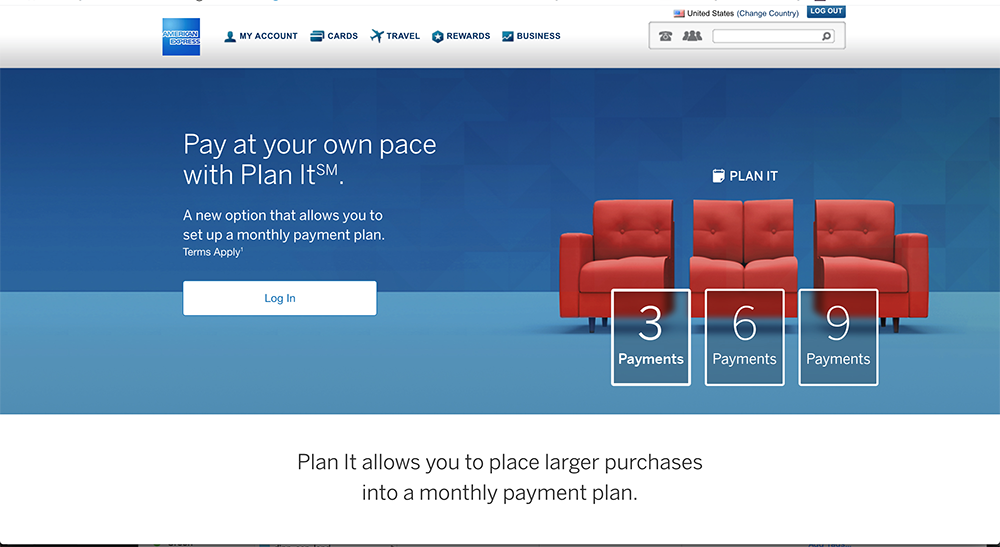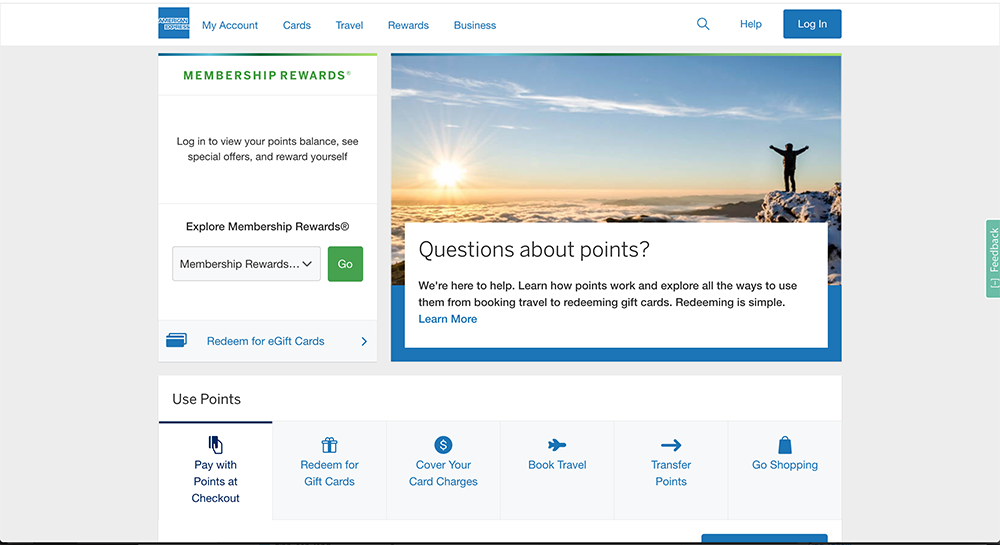Amex Design Thinking
A human-centered approach to problem solving and innovation.
At it's core design thinking focuses on understanding peoples needs and creatively discovering a solution to meet those needs. The process of design thinking starts with empathizing by putting yourself in the consumers shoes and seeing the world as they do. Design thinkers observe how the context of their customer's experience affects their interaction with the products and services that they use.
Why design thinking
The way we consume goods and services is fundamentally changing. Which also means the way companies desingn and build experiences must evolve to keep pace. Consumer are no longer receivers of firm created values, they want to co-created value and meaining with firms in thier experience.

Our approach to Design Thinking
The process of design thinking starts with empathizing by putting ourselves in the consumers shoes. We observe for understanding and then hypothesize potential insights based on our observations. We identify and define what the problem to begin brainstorming solutions. Next we build protypes to test our hypothesis to find valid insights and build our way forward.
Empathise
Understand your usersDesign thinkers take into account the emotional meaning of things as well as thier functional performance. We spend time with people who use our software to get to know and understand their behavior. We try to feel what they feel, so we can better predict their emotional response to various situations. The goal of this phase is to better undestand the issue and current state through the eyes of the consumer. Emmerse yourself, go through the system you created and think of the experience your going through, to discover what are the touch points where are the frustration points what are the happy points.
What is the job to be done? "People don’t want to buy a quarter-inch drill. They want a quarter-inch hole." - Theodore Levitt.
Human-centered design is about getting to the people you’re designing for and hearing from them in their own words. Engage the user through converstaion and questionnaires, you are trying to build up the stories around the experience of using the product and service from their eyes. if you go out a listen to your end user you will learn and your soloutions will get better. We observe the consumer to understand the way people think and feel as they navigate through their world and they make adjustments to the products and services that they use as they move throutgh theit worlkd so that they become more user friendly for them. Come prepared with a set of questions you’d like to ask. Start by asking broad questions about the person’s life, values, and habits, before asking more specific questions that relate directly to your challenge. Make sure to write down exactly what the person says, not what you think they might mean. This process is all about hearing exactly what people are saying.
Define
Spend time with the information you've collected through your observationTo articulate a clear outcome statement the team generates as many ideas as they can. Spend time with your notes and hypothesize an insight. Search for emerging themes, connections, and patterns to capture the experience from all the information you've gathered before and then you interpret the story and turn them into meaningful insights. Try to understand what the core isssue is. Turn the discovery into understanding of needs and emotions and produce a better defined problem statement. you have a better idea of the problem your trying to solve for. Formulate a problem statments.
What is the job to be done? "People don’t want to buy a quarter-inch drill. They want a quarter-inch hole." - Theodore Levitt.
Ideate
Build up ideas and optionsNow you go into divergent thinking where your trying to brainstorm as many ideas and solutions as you can. Focus on suspending judgement. You want to build on others ideas as well. The outcome is to generate a lot of ideas and then choose a few that you want to move forward. Share the ideas with the people you are trying to help to get their feedback.
Design
Convergent thinking - a narrowing down of optionsWhat is the job to be done? "People don’t want to buy a quarter-inch drill. They want a quarter-inch hole." - Theodore Levitt
Validate
Prototype as a way to build your way forward.At various stages, we test our designs with real people to see if they make sense. We’ll make changes at each level of fidelity, in order to get the product right. We put the product in the users hand and have them expeience it. We carefully observe how users adapt to the design and use it to make it more user friendly for them. We don't give them any insrtruction on how to use the products, we just watch how they intuitively use the experience. We gather feedback and insights to learn what works and what didn't and apply our learning. We take this input and refine and repeat.
Plan It An HTML prototype used for testing the end to end journey on Card Members for project Pluto: Plan It.

Membership Rewards - an early phase innovation used to get feedback for Membership Rewards.

Implement
Build and deploy your finessed version as MVP.At various stages, we test our designs with real people to see if they make sense. We’ll make changes at each level of fidelity, in order to get the product right.